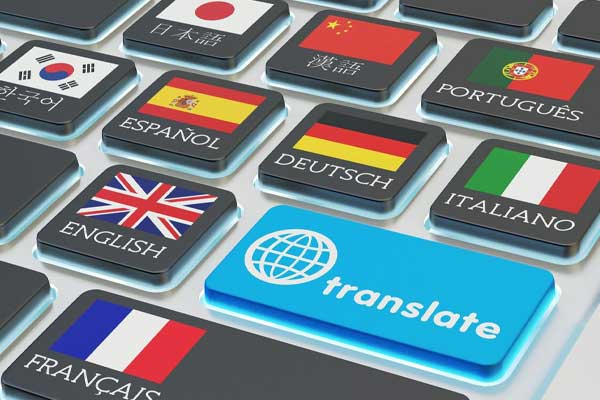April 23, 2020 – Dotwords has successfully completed the ISO 18587 certification procedure for post-editing of automatic translations generated by machines.
The new certification covers the entire post-editing workflow, highlighting the vital role of the expert post-editor.
…
The standard divides the process into four stages:
- a preliminary assessment to check the quality of the source text and its suitability to be translated by a machine. Under the Dotwords workflow, specific action can be taken on the source document at this stage, if agreed with the client, to adapt the text to the automatic translation machine’s learning algorithms and so improve performance;
- a fine-tuning stage to “train” the automatic translation machine. Here, Dotwords assesses the possible integration of proprietary memories or complementary terminology banks;
- post-editing to improve the translation and eliminate any errors made by the machine. Dotwords guarantees post-editing performed exclusively by specialized native-speaker post-editors;
- 4. final intervention on the automatic learning adaptation models. The corrections made by Dotwords’ post-editors update the machine’s artificial intelligence model, to guarantee on-going improvement in initial output.
Together with the Ancis certifier, Dotwords also updated the reference model for its risk-management and opportunity-identification policies specifically with regard to post-editing.
The new certification was obtained at the same time as the three-year renewal of Dotwords’ ISO 17100:2017 certification for language services and ISO 9001:2015 certification for its quality management system.
“We are one of the first language service providers in Italy to obtain post-editing certification,” notes Dotwords CEO Gabriella Soldadino. “It confirms our focus on client service, innovation and transparency, the three pillars of our agency’s operating approach. Our post-editing service is already attracting great interest in the area of technical translation and we are conducting advanced trials in the pharmaceuticals and legal sectors.”
“Specifically, we address innovative clients with extensive translation needs who want to develop machine translation projects with us based on the English/Italian language combination and vice versa,” adds Soldadino. “Together we can build a database of memories and workflows that generates significant savings, for example in the management of technical documentation.”
…
| The advantages of the ISO 18587 post-editing standard |
|











